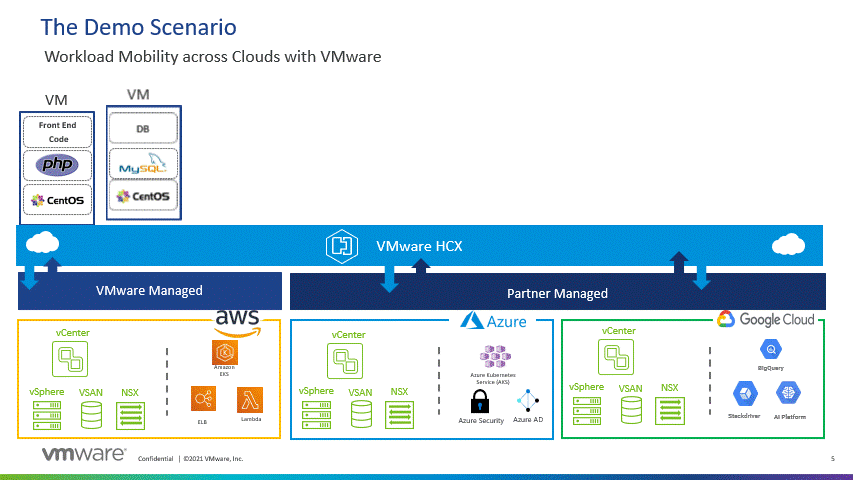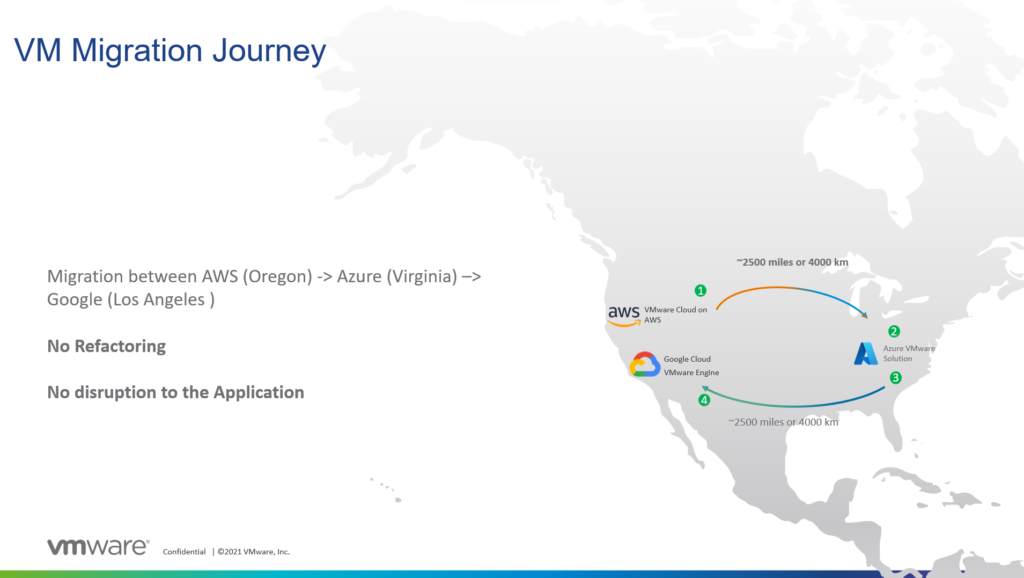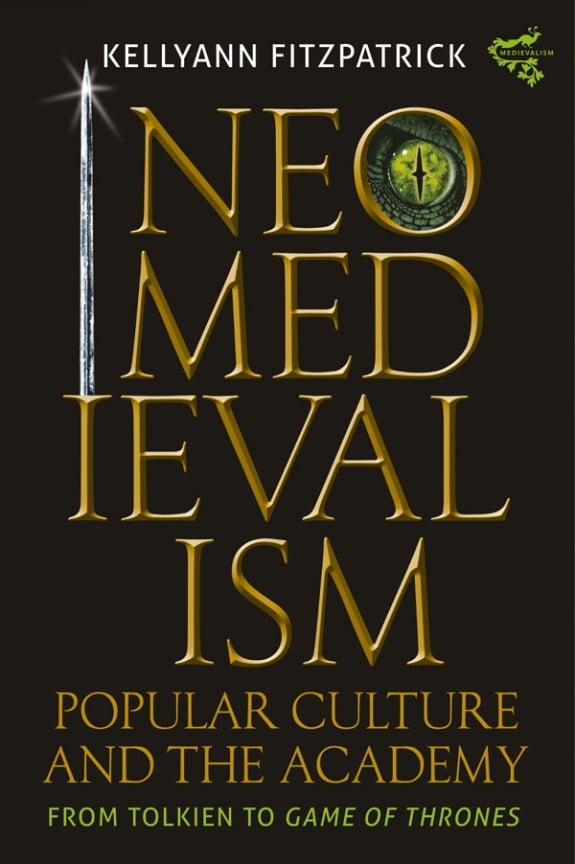When VMware approached us about doing a What is/How to video on multi-cloud, I was intrigued. Firstly, because the term “multi-cloud” has morphed so much just within the past few years, expanding in some definitions to include previously distinct(ish) terms such as “hybrid cloud” and even “edge”. Indeed, some technologists are even asking (and rightly so) if we need different terms to replace different versions of multi-cloud:
I think we need different words to describe different implementations of “multi-cloud.” The reasons behind that decision and and what that actually means to different organizations is too vast for one title.
Do you agree?
— emily freeman (@editingemily) March 29, 2022
And secondly, the prospect of putting together this video was challenging because while multi-cloud as a concept is one (multifaceted) thing, how do you narrow down the possibilities enough to translate that concept into a succinct demo?
It turns out that VMware values multi-cloud so highly that they sent a CTO (Marc Fleischmann, CTO of VMware Cloud) and a Staff Multi-Cloud Architect (Robert Riemer) to plan and film the video with me. They were both delightful to work with, and we managed to curate a lot of multi-cloud goodness into our final product, the video below on “What is Multi-Cloud Workload Portability? How to seamlessly move workloads between clouds.”
We begin with a discussion around why organizations are taking advantage of multi-cloud, with motivations ranging from specific cloud vendor strengths to geographical requirements related to government regulations to the desire to avoid lock-in with a single hyperscaler. The discussion then moves on to some of the challenges involved in adopting different multi-cloud approaches and (because this is VMware) how VMware is helping their customers meet these challenges.
We then take up the question of why workload portability might be an important concept for anyone considering a multi-cloud strategy, and Robert provides the following answer:
What we have learned in many customer discussions is that workload requirements are changing quickly. So being able to move the workloads to the best-fitting hyperscaler without the need to change anything is a great benefit already. This is one reason; the other one is to be able to have basically a freedom of choice. This means the customer can decide to move the workloads into the cloud but also back to the on-premise datacenter: kind of a baked-in exit strategy without a vendor lock in.
Robert then demonstrates this concept, moving a database server from AWS to Azure to Google Cloud via VMware HCX, which serves as the “glue” layer that supports workload portability without significant refactoring.

It also struck me that, for all we tend to talk about containers as promising portability (and VMware, despite its name, does care about containers–a fact that I suspect played into the decision to rebrand VMworld as “VMware Explore”), the demo focuses on virtual machines (VMs) as the movable entity–a point of interest especially for organizations that are looking to shift workloads to the cloud without going all-in on refactoring.
During each migration we check in with the application per se to demonstrate that there was no application downtime or disruption to the user, and also that data created during the migrations was persisted after the fact.
Notably, these moves also involved geographical changes, from AWS on the U.S. west coast to Azure on the U.S. east coast, and then back to the west coast (this time on Google Cloud).

While this was a very practical discussion and demo (and you should totally check out the video), my colleague James Governor had the chance to chat with VMware’s Betty Junod (then Senior Director of Multi-cloud Solutions; she has since moved to the Tanzu team) more in-depth about some of the higher-level multi-cloud concepts at play. I highly recommend you give their conversation a watch as well.
Disclosure: The videos discussed here were sponsored by VMware (but this post was not). AWS, Google Cloud, and Microsoft are also RedMonk clients.

No Comments